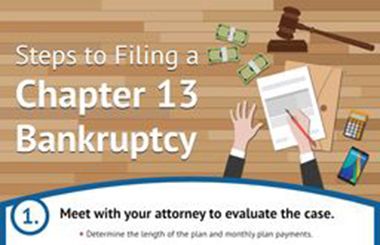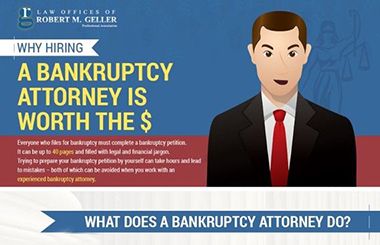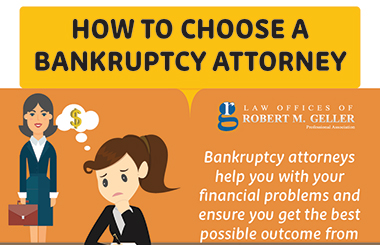Transcription:
Hi, I’m attorney Robert Geller and I am a board certified consumer bankruptcy attorney in the state of Florida. Today I want to talk to you and help you understand how your payment is determined in a chapter 13 bankruptcy.
Basically, there are two major tests that determine your payment plan in chapter 13. The first thing we look at are your assets. In Florida, as long as you’ve lived here for two years and file for chapter 7 bankruptcy, you get to keep a total of $6,000 in assets. That doesn’t include your house and it doesn’t include your retirement plan. For the most part, you get to keep $6,000 in personal property, cash, a bank account, or a paid off vehicle.
If you do own a house, you only get to keep about $2,000 worth of property. You keep $1000 in personal property and $1000 in a house or vehicle.
So let’s say you own a house and you have a thousand dollars’ worth of household goods in your house. Maybe you have a vehicle worth $10,000. This means that you have $11,000 total in assets. You get to keep a thousand for your personal property and a thousand for your car. This puts you over what you’re allowed to keep by $9,000.
Chapter 13 bankruptcy looks at that same analysis to determine how much your payment would be. In that case, if you’re paying back the $9,000 and you’re in a five-year plan, you would be paying back roughly $150 a month for five years or 60 months.
There is another test – the means test – that determines how much your payment is and you pay the greater of the two tests. The means test is used in bankruptcy court to determine, first of all, whether you’re eligible to file a chapter seven bankruptcy. It’s also used to determine how much you’d have to pay back to your creditors.
In the means test, we take your paycheck, your gross income, and then we deduct everything that comes out of your paycheck. And then you get certain allowances for your mortgage payment or certain other allowances for food. You deduct your taxes, you deduct everything from that means test.
After the deductions, let’s say you’re left with $300. That $300 is what you’d pay each month in your payment plan. This is the case even if the first test, the asset test, said you only had to pay $150 because you must pay the greater of the two.
So that’s generally how a chapter 13 payment plan is determined. Some cases are more complicated, so you definitely should consult with an experienced bankruptcy attorney. They can help you through all this and help you through determining that payment plan.
‘m Robert Geller and I want to help you build a bridge to a brighter future. Do you have any questions about bankruptcy chapter seven, chapter 13, or chapter 11? Feel free to give us a call or message us on Facebook. Thank you.

























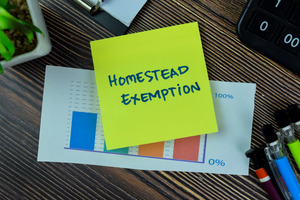
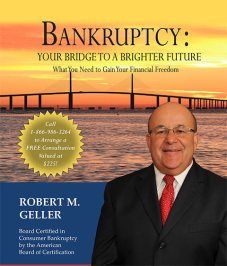
![Signs That You May Need to File Bankruptcy [Infographic]](https://djml3wkzi26ea.cloudfront.net/wp-content/uploads/2021/01/signs-chap7-v-chap13.jpg)
![How To File for Bankruptcy [Infographic]](https://djml3wkzi26ea.cloudfront.net/wp-content/uploads/2020/07/bankruptcy-steps-infographic-web.jpg)
